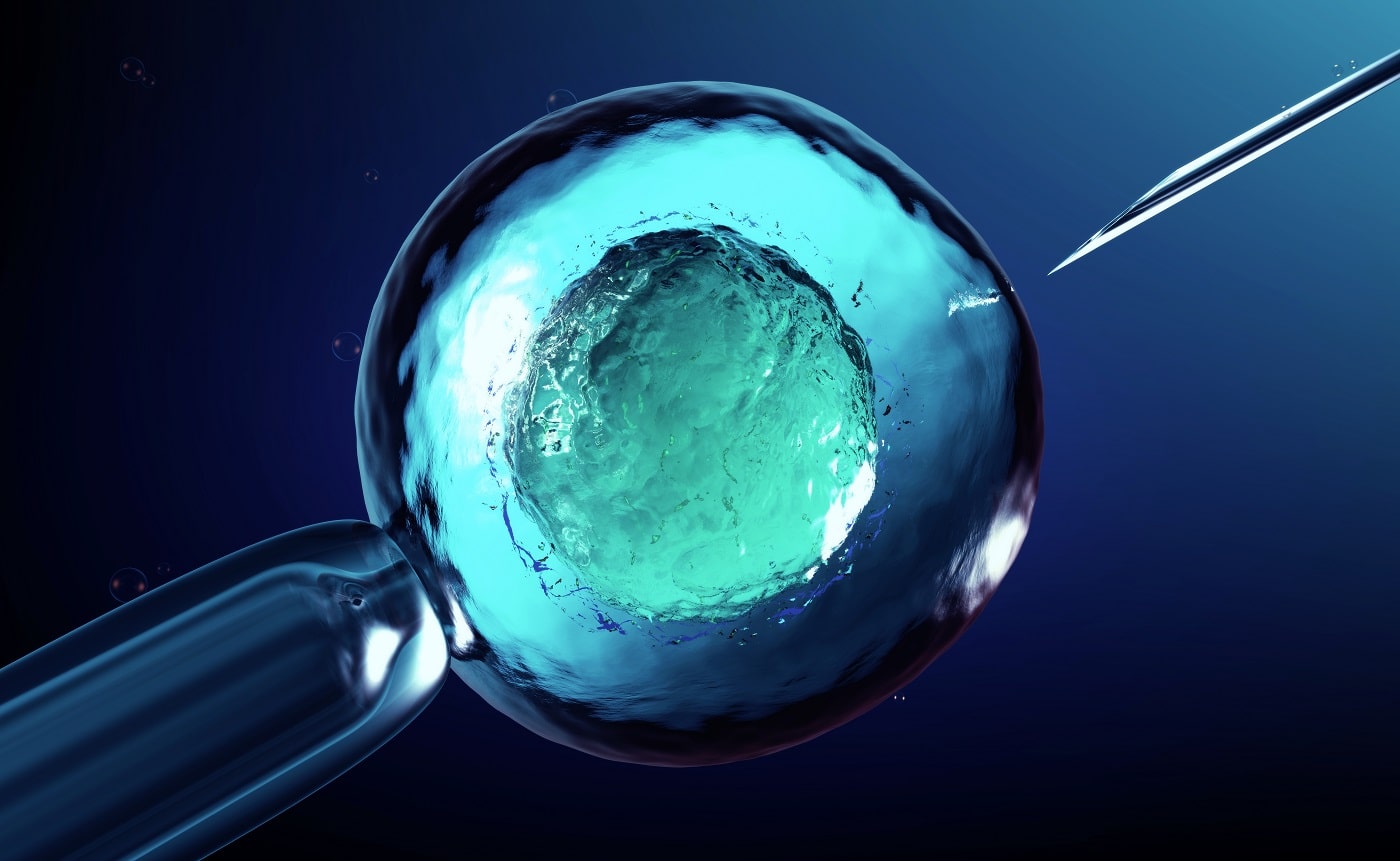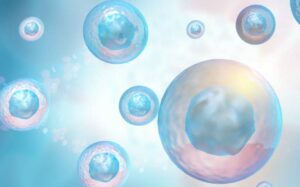Within the framework of the 78th Congress of the American Society for Reproductive Medicine (ASRM)
- The study of the embryo after its devitrification prior to transfer by means of an Artificial Intelligence algorithm improves the degree of precision and certainty when it comes to knowing each embryo’s implantation possibilities.
- The analysis of the dialogue between embryo and endometrium is key at the time of implantation and early embryo development and, therefore, very useful for improving the success rates of reproductive treatments.
Advances in the field of reproductive medicine are constant, allowing us to offer patients increasingly better results in their processes, although it is true that they tend to focus mainly on the female factor. But infertility also affects men.
This is the origin of one of the studies presented at the recently closed 78th Congress of the American Society for Reproductive Medicine (ASRM), held this year in person in California.
“After intensive research, we have created a novel tool for non-invasive sperm analysis through the application of Artificial Intelligence (AI). This allows us to differentiate spermatozoa from others and thus define the individual biochemical profile of each of them, enabling us to know which are the most suitable to achieve reproductive success, without the need to alter the spermatozoa for analysis”, commented Dr. Nicolás Garrido, Director of the IVI Foundation and supervisor of this study, entitled ‘Hyperspectral imaging of single spermatozoa as a promising non-destructive objective tool for sperm selection prior to ICSI – determination of reproducibility, sensitivity and specificity’.
The current literature in the reproductive field is very limited as far as the male factor is concerned, so the existing knowledge regarding the factors that influence male infertility and how to improve its diagnosis and treatment make more in-depth studies necessary to shed light on this field.
“Until now, the biochemical information of spermatozoa has only been studied using invasive techniques. Thanks to this paper, we are able to innocuously associate a unique and unambiguous ID number to the spermatozoon and recognise it among other spermatozoa. To do this, we first had to be able to prove that what we measure is reproducible, individual and characteristic of one specific spermatozoon and not another, within the same semen sample. And now that we know how to do this and we can differentiate one sperm from another, we can study the results of the sperm we microinject according to its characteristics. We will be able to know which embryos reach blastocyst, live newborns… and thus select those with the most suitable profile, ultimately improving the results of the treatments”, added Dr. Garrido.
And, following in the wake of Artificial Intelligence applied to embryo selection, in which IVIRMA is a world pioneer, it is worth highlighting another of the studies presented at the ASRM, one of the most important gatherings worldwide in the field of assisted reproduction.
The paper entitled ‘Application of Artificial Intelligence on vitrified/warmed embryos: prediction of live birth from post-warmed blastocyst dynamics’, goes a step further in the results achieved through this discipline, allowing us to predict the capacity of a devitrified embryo to give rise to a baby.
“We have been making progress in the study and application of Artificial Intelligence for embryo selection for 5 years. During this time, we have achieved encouraging results, helping us to make our patients’ wishes a reality in the shortest time and with the best guarantees. This paper goes a little further, allowing us to test how the analysis of embryonic development by Artificial Intelligence after embryo devitrification can be indicative of the potential of these embryos to give rise to a live newborn”, explained Dr. Marcos Meseguer, embryologist, scientific supervisor of IVI Valencia and coordinator of the study.
“This is something that has never been done to date and in which we are pioneers. Instead of placing the embryo in a conventional incubator to await transfer to the mother’s uterus after devitrification, as is generally the case, we placed it in the EmbryoScope incubator. This enabled us to obtain a film of the embryonic development, showing us how the embryo’s appearance changes during the 4 hours it remains in the incubator. This lead us to discover that, depending on the embryo’s behaviour when it thaws, we can know its chances of implantation, using an AI algorithm that allows us to evaluate its development during this time prior to its transfer”, explained Dr. Meseguer.
This interesting advance improves the diagnostic capacity and increases the degree of precision in confirming with greater certainty each embryo’s possibilities of implanting.
Dialogue between embryo and mother, beyond genetics
Patients’ reluctance to undergo treatment with donated eggs has been and continues to be a constant in assisted reproduction clinics. In this sense, in recent years there have been several lines of research at IVIRMAoutlining a reassuring path for these patients, highlighting the dialogue that takes place between the embryo and its gestating mother, beyond genetics.
“Epigenetics demonstrates that the uterine environment has a great influence on the early stages of embryo development, which are necessary for correct implantation to take place and for a pregnancy to be carried to term”, explained Dr. Hortensia Ferrero, a researcher at the IVI Foundation..
This is the starting point of the paper ‘Human blastocysts uptake extracellular vesicles secreted by primary endometrial epithelial cells containing miRNAs related to implantation and early embryo development’, also presented at the recent edition of the ASRM, and awarded at this congress with the “Endometriosis SIG Prize Paper – Best in Basic Science”.
“This study was born with a clear objective: to demonstrate that the maternal endometrium communicates with the embryo before it implants and that this communication is involved in processes that participate in endometrial receptivity and embryo development, which are necessary for successful implantation. Thus, our data suggest that the maternal endometrium secretes vesicles containing micro-regulators of gene expression (miRNAs) that are internalised by the embryo and modulate biological processes involved in implantation and early embryo development. These miRNAs could be indicators of implantation, and may even be useful for improving the success rates of reproductive treatments”, said Dr. Ferrero, principal investigator of the study.





